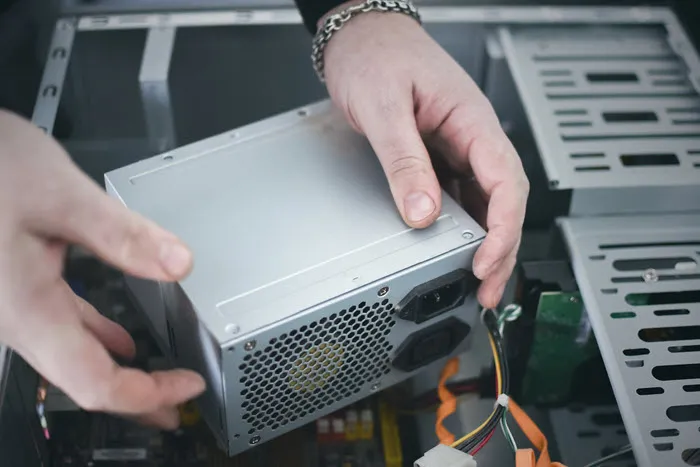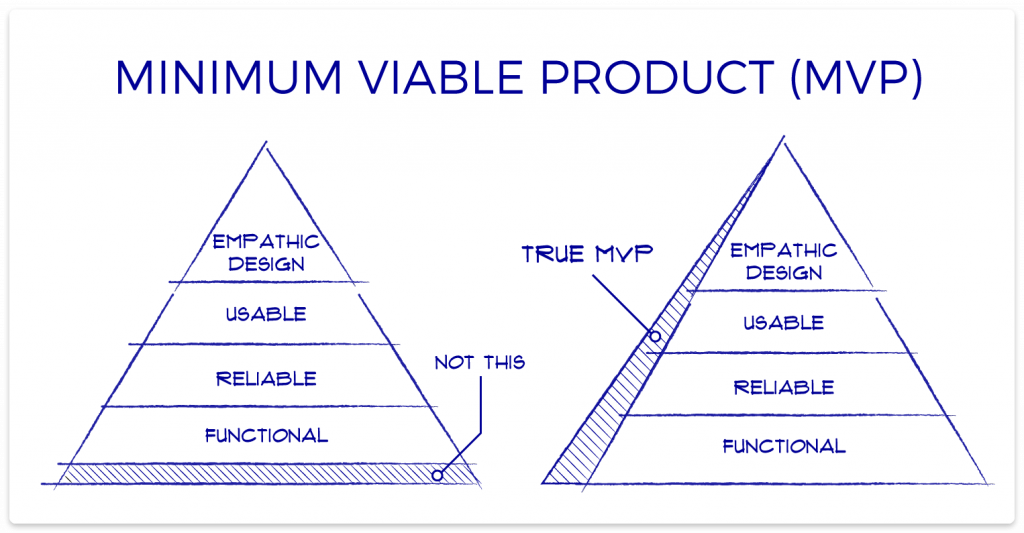Encountering a computer that won’t power on due to the PSU not cooperating with the motherboard can be resolved through systematic troubleshooting and meticulous examination of connections.
Table of Contents
Introduction:
Encountering a computer that refuses to power on can be exasperating, especially when the issue appears to originate from the power supply (PSU) failing to cooperate with the motherboard. In such instances, systematic troubleshooting becomes paramount to identify and rectify the problem.
This comprehensive guide delves into the intricacies of diagnosing this specific issue, equipping you with the knowledge and techniques to potentially revive your machine and restore functionality.
The Power Chain: A Meticulous Examination

To kickstart the troubleshooting process, it’s imperative to conduct a meticulous examination of the power chain. Begin by double-checking all connections, ensuring that the power cable is securely plugged into both the wall outlet and the designated PSU inlet.
Additionally, verify that any power strips or surge protectors are switched on and haven’t tripped a breaker. A quick visual inspection coupled with a firm press on the connectors can often preempt troubleshooting woes caused by loose connections.
The All-Important PSU Switch:
Modern PSUs typically feature a power switch on the back, denoted by the “on” position (usually labeled “I”). Before delving deeper into troubleshooting, it’s essential to verify that this switch is set to the correct position. While seemingly straightforward, overlooking this simple step can lead to unnecessary troubleshooting efforts.
Modular Marvels: Friend or Foe?
For users employing modular PSUs where cables are connected manually, meticulous inspection is imperative. Ensure all cables are firmly plugged into their designated slots on both the PSU and the motherboard.
Vigilantly examine for any signs of frayed wires or damaged insulation, as these could indicate potential faults within the PSU cables. Given that a small percentage of PSU failures can be attributed to faulty modular cables, this step is critical in the troubleshooting process.
Also Read: Can I Use 1866mhz Ram On 1600 Motherboard – A Complete Guide In 2024!
Advanced Troubleshooting: Isolating the Problem for Precise Diagnosis:
If basic checks yield no results, it’s time to embark on advanced troubleshooting measures to isolate the PSU as the potential culprit.
One effective method involves utilizing a PSU tester, which simulates the load a motherboard places on the PSU. A non-responsive tester, coupled with incorrect voltage readings, suggests a faulty PSU necessitating replacement.
The Breadboard Test: A Daring Diagnosis (For Experienced Users Only):
Seasoned users may opt for a breadboard test to delve deeper into the diagnosis. This entails assembling the motherboard outside the case with only essential components connected.
If the system successfully powers on during this test, it suggests that the problem lies within the case itself, possibly due to a short circuit or a faulty connection with the motherboard. Conducting a breadboard test provides a systematic approach to isolating and resolving hardware issues, offering valuable insights into the root cause of the problem.
The Minimal Viable Product (MVP) Approach: Systematic Elimination:

In the event that the breadboard test confirms a healthy PSU, a systematic approach can help pinpoint the problematic component.
Employing the Minimal Viable Product (MVP) approach involves gradually adding components back to the motherboard one by one while attempting to power on after each addition. Patience and meticulous record-keeping are paramount in isolating the faulty hardware.
Beyond the PSU: Potential Culprits That Can Hinder Power Delivery:
While the spotlight often falls on the power supply unit (PSU), it’s imperative to recognize other potential obstacles to efficient power delivery. Issues such as a malfunctioning motherboard, defective RAM modules, or shorts from improper component installation can all disrupt the flow of electricity within the system.
Addressing these potential culprits is essential for diagnosing and resolving power-related problems comprehensively. By considering factors beyond the PSU, users can ensure a more thorough troubleshooting process and a more reliable PC performance in the long run.
FAQ’s
1: Why won’t my PC turn on when connected to the motherboard?
This could be due to various issues such as a short circuit, faulty power button, or motherboard problem.
2: What should I check if my PC doesn’t boot after assembly?
Ensure all PSU connectors are plugged in, front panel connectors are correctly attached, and the PSU power switch is on.
3: How can I diagnose a motherboard power issue?
Try shorting the motherboard pins where the power button is connected and test with a known-working PSU if possible.
4: My PSU passes the paperclip test, but my PC won’t boot. What could be wrong?
Passing the paperclip test only means the PSU can power itself; the issue might still lie with the PSU or other components.
5: What are the steps to reset CMOS?
Disconnect power, discharge residual power by holding the power button, clear CMOS jumper, remove CMOS battery, wait, then replace and power on.
6: Can a faulty power button cause the PC not to start?
Yes, a broken power button can prevent the PC from booting. Try shorting the motherboard pins to bypass the button.
7: Why is there no display output despite the PC appearing to power on?
Check if the GPU is properly connected and if the monitor is plugged into it. CPUs like Ryzen 5 2600 require a GPU for display.
8: My motherboard doesn’t come with a diagnostic speaker. How can I troubleshoot without it?
Consider creating a temporary diagnostic speaker using basic materials to listen for beep codes during boot.
9: Could a dead motherboard be the cause of the power issue?
Yes, especially if other components and PSUs have been tested, and the problem persists. Ryzen motherboards have been reported to have quality control issues.
10: What should I do if my PC won’t boot even after troubleshooting?
If all troubleshooting steps fail, consider seeking professional help or contacting the manufacturer for warranty support.
Conclusion
Encountering a power supply issue when attempting to power on a computer can be a daunting prospect. However, armed with the knowledge and techniques outlined in this guide, you can embark on a systematic troubleshooting journey to diagnose and rectify the problem effectively. Remember to exercise caution, patience, and meticulousness throughout the process, and don’t hesitate to seek professional assistance if needed.